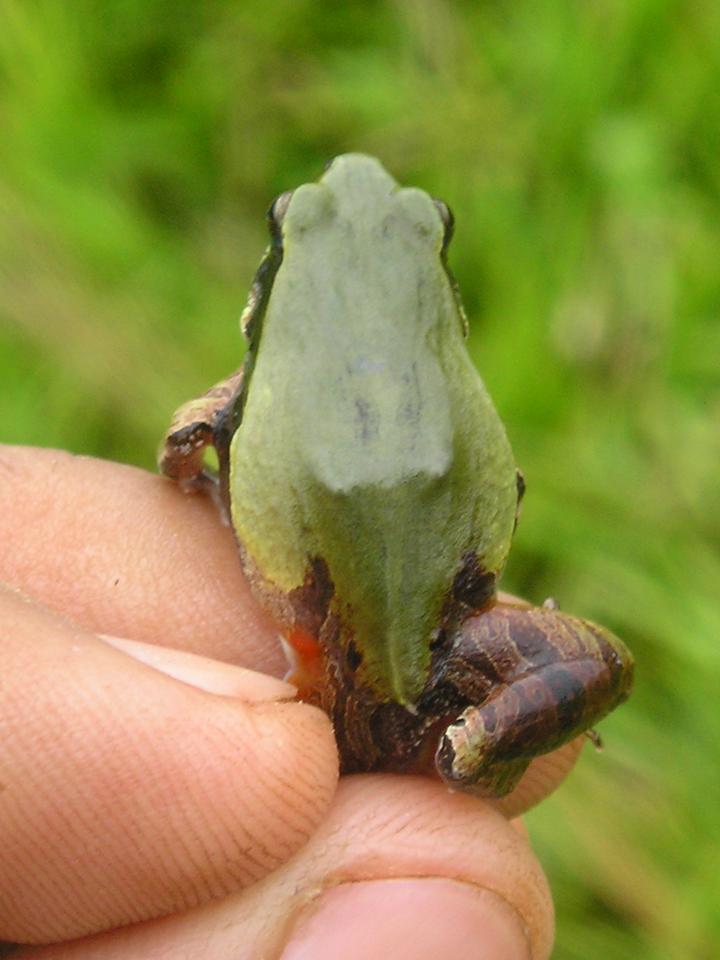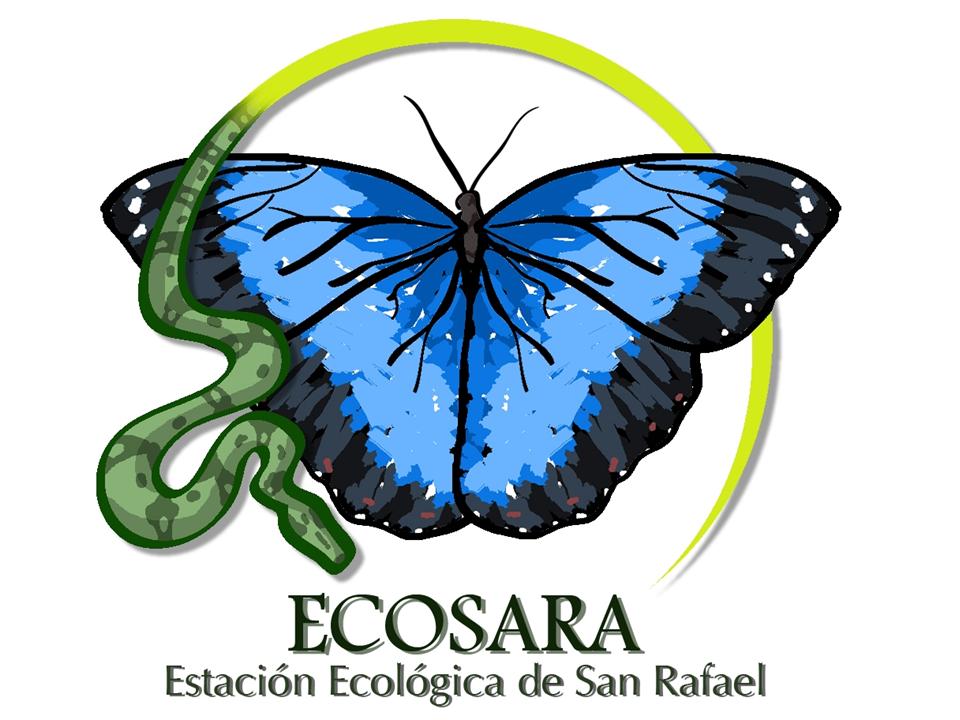
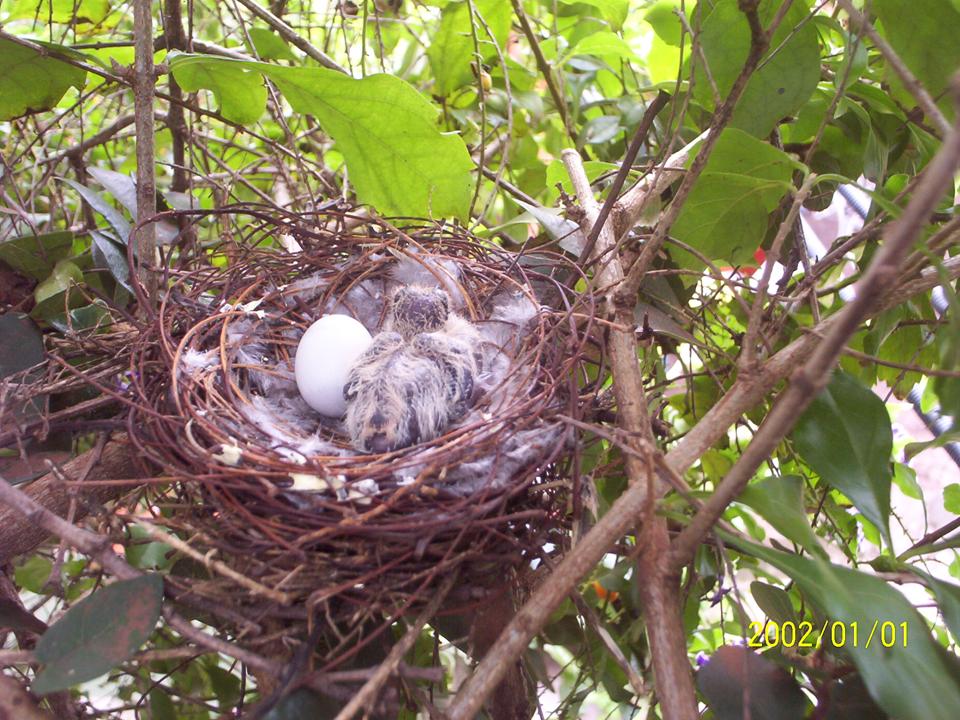
The habitats at San Rafael are dominated by two of the world´s most threatened biomes - the Lowland Atlantic Forest and the Mesopotamian Flooded Grasslands. Both of these harbour an endemic fauna that by virtue of the threat to its habitat finds itself facing imminent extinction. The conservation of San Rafael National Park is essential for the continuation of biodiversity in the region.
LOWLAND ATLANTIC FOREST
The Atlantic Forest under its broadest definition actually encompasses some 15 different forest-types. Though this habitat once stretched over much of southern Brazil, eastern Paraguay and north-east Argentina, less than 7% of the original forest cover remains today, much of it in a fragmented or degraded state. San Rafael represents the largest block of Atlantic Forest remaining in eastern Paraguay.
Atlantic Forest is a subtropical humid forest with diverse formations ranging from more open, scrubby "capueira" through to pristine, ancient tall forest where the trees may reach 50m in height. There is no defined wet and dry season and rain falls throughout the year. Typical plant species associated with the Atlantic Forest include a high number of orquid species, dense Chusquea bamboo tangles, stands of taller tacuará bamboo growing along riverbanks and prehistoric-looking tree-ferns. Each microhabitat wihin the forest has its own clearly-discernible fauna associated with it, leading to enormous biodiversity and high-levels of endemism.
The forest at San Rafael is classified as Lowland Alto Paraná Atlantic Forest and is the most threatened of all the Atlantic Forest types because of the great fertility of the red soils on which it grows. This makes the land extremely attractive to agriculturalists, and with lowland forest much easier to clear than highland forest, much of the area once covered by forest has now been replaced by monoculture plantations. Intensive farming and use of agro-chemicals mean that such land is left unsuitable for the re-colonisation of the forest should it ever be abandoned by farmers, being replaced by a generic "junk scrub" of little ecological value. Abundant hardwood tree species are of great value to the timber industry and illegal logging is a constant threat. Conservation International has declared the Paraguayan Atlantic Forest to be "of the highest conservation priority".
MESOPOTAMIAN FLOODED GRASSLANDS
Confined to northern Argentina, southern Paraguay and a small area of Brazil and Uruguay, to the untrained eye the Mesopotamian Flooded Grasslands look pretty much like any other grassland. However the unique plant and animal communities that inhabit this seasonally-inundated biome are found nowhere else on earth. Distributed in a mosaic-type landscape interspersed with Atlantic forest islands, the interaction between these two threatened habitat types is important in the daily life cycles of many of the species that inhabit them. This habitat is typified by areas of permanent and periodically-inundated marsh, tall grass campos and forest intersection.
Easily cleared by burning and attractive ranch land, a lack of awareness as to the uniqueness of this grassland type has seen vast areas drained and planted with invasive exotic grasses. Much of the Mesopotamian Grasslands of southern Paraguay have already been drained for irrigation and the area within San Rafael is similarly-threatened by agricultural activity outside the Reserve boundaries. Intensive use of agro-toxins banned in other countries represents an imminent threat to all fresh water sources in the San Rafael area, representing potential catastrophe not only to the animals and plants of the Reserve but also to the human populations that depend on the presence of fresh water for their own existence.
THE FUTURE
The current situation at San Rafael fulfils neither the needs nor the expectations of conservationists, landowners or the indigenous communities that inhabit the Reserve. A lack of governmental funds or a clearly thought-out plan of how to consolidate the Reserve has resulted in the land constituting the "National Park" still being almost entirely in private hands two decades after it was first declared. Land purchase by conservation organisations has, as a result, become the prime aim of groups who wish to see the magnificent forest preserved to be enjoyed by future generations. With the future of San Rafael uncertain, the continued existence of the Reserve depends on the involvement of concerned and enlightened global citizens who recognise the importance of maintaining biodiversity for the continuation of life on this planet.
Help ECOSARA to publicise the plight of San Rafael by becoming a volunteer, or make a donation to Pro Cosara to help fund land purchase in the region. Everybody has a role to play and we thank you wholeheartedly for any assistance you feel able to give!
ECOSARA
HABITATS IN SAN RAFAEL
Designed by Paul Smith 2007. This website is copyrighted by law.
The photo of the male Cock-tailed Tyrant Alectrurus tricolor on this page was taken by Hemme Batjes.
Material contained herewith may not be used without the prior written permission of FAUNA Paraguay, Pro Cosara and ECOSARA.
Photographs are used with the knowledge of the photographers
and may not be used for any other purpose without prior written permission from FAUNA Paraguay, Pro Cosara and ECOSARA.
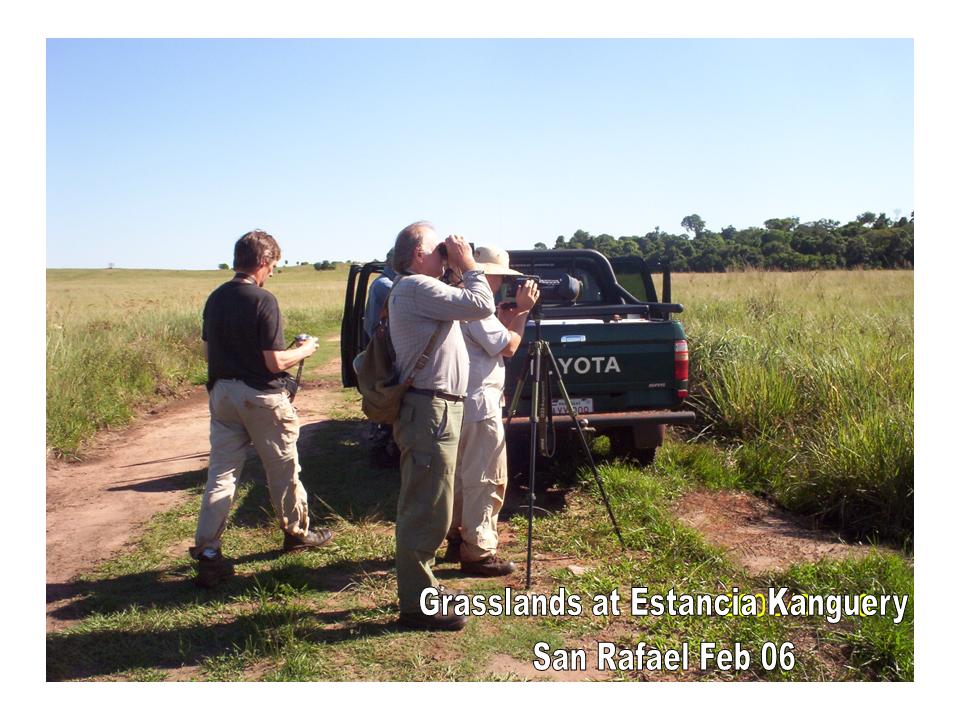
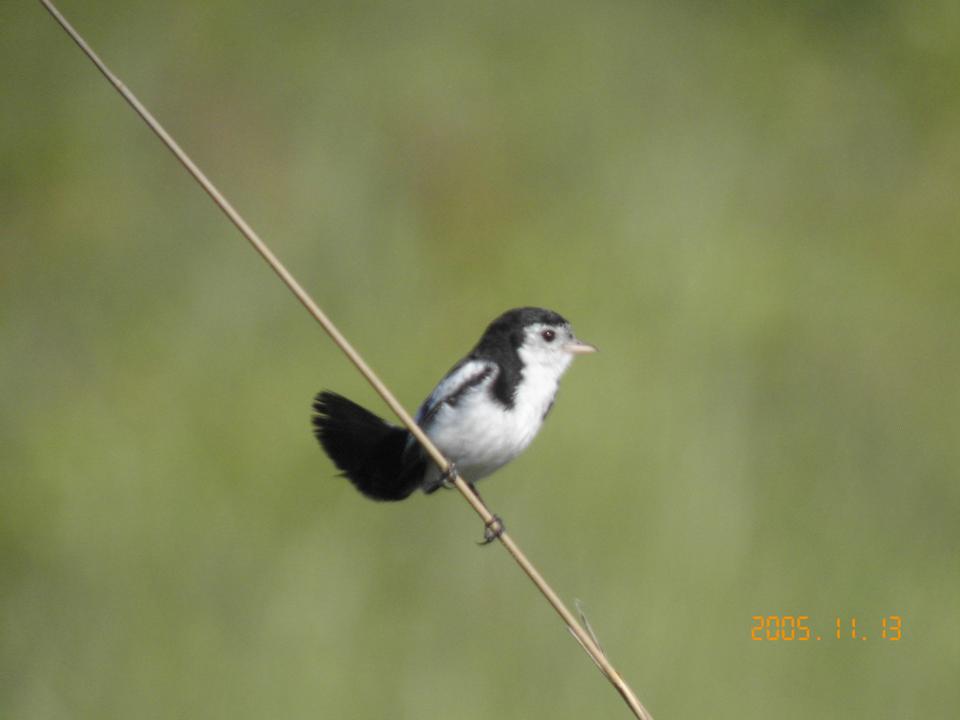
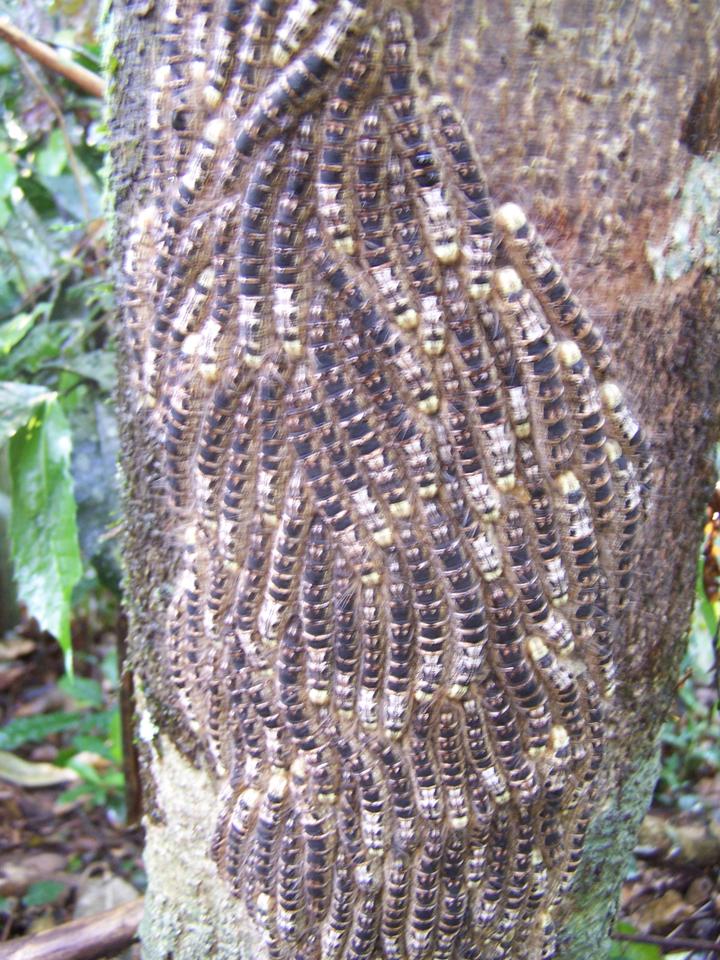
© Photo Hemme Batjes
